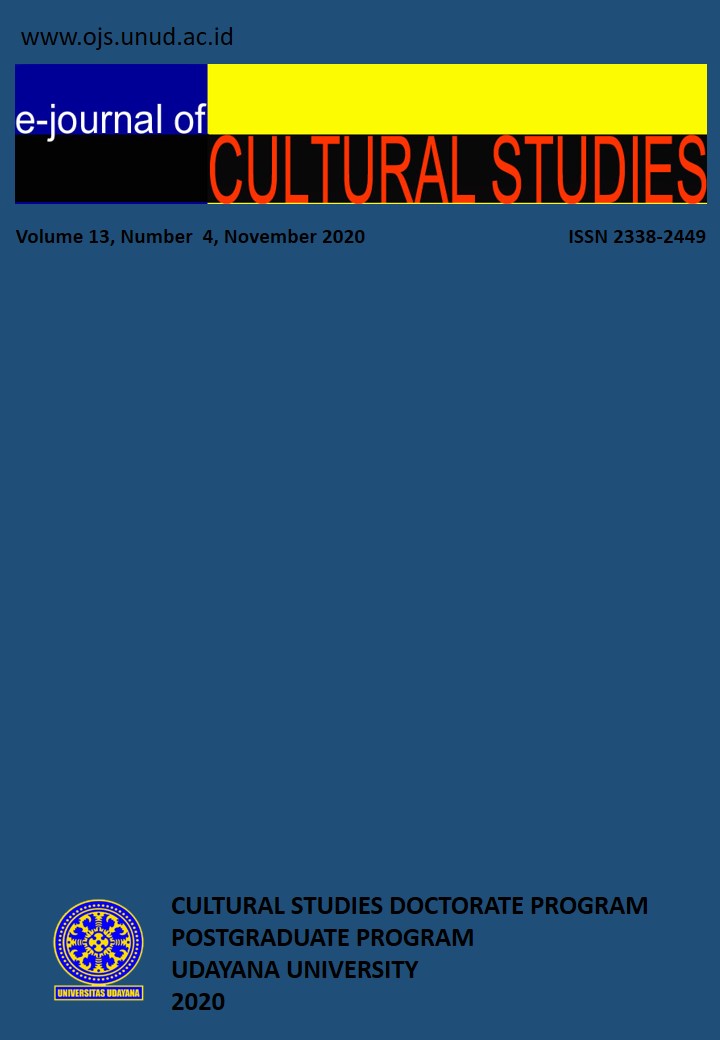THE WONDER FOOD MUSEUM STORY: CELEBRATING MALAYSIA’S FOOD CULTURE AND CULINARY HERITAGE
Abstract
Although thematic museums centered around food culture and culinary heritage have been
around for decades, the concept of food museum is still fairly new in Southeast Asia. Only in
2015, the first food-oriented museum – “Wonder Food Museum” was established in Penang,
Malaysia. Since its establishment, the museum has received positive feedback from both
local and international visitors. From 2017 to 2019, the museum has been selected as the
recipient of the Certificate of Excellence by international well renowned Travel organization -
TripAdvisor Inc. Meanwhile, the museum’s contribution to the state’s cultural and tourism
development has also been recognized by the state authority. In 2017 and 2019, the museum
was awarded the ‘Top Museum Award (Unique Concept)’, and ‘Best Tourism
(Museum)Award’ by the INPenang International Awards respectively. By and large, Wonder
Food Museum is currently one of the most outstanding museums in Malaysia and a wellknown
attraction in Penang. In this paper, to response on the research scholarly interest in
museum tourism in Southeast Asia, the researcher has made an attempt to document the
development of Wonder Food Museum from 2015 to 2019. The museum’s curatorial concept,
exhibits production, exhibition planning and its overall management will be discussed and
analyzed. As the aforementioned this paper will provide insights into an understanding of food
museum’s development in Malaysia.
Keywords: Food museum, food culture, culinary heritage, Malaysia’s museum, museum
tourism, interactive museum







